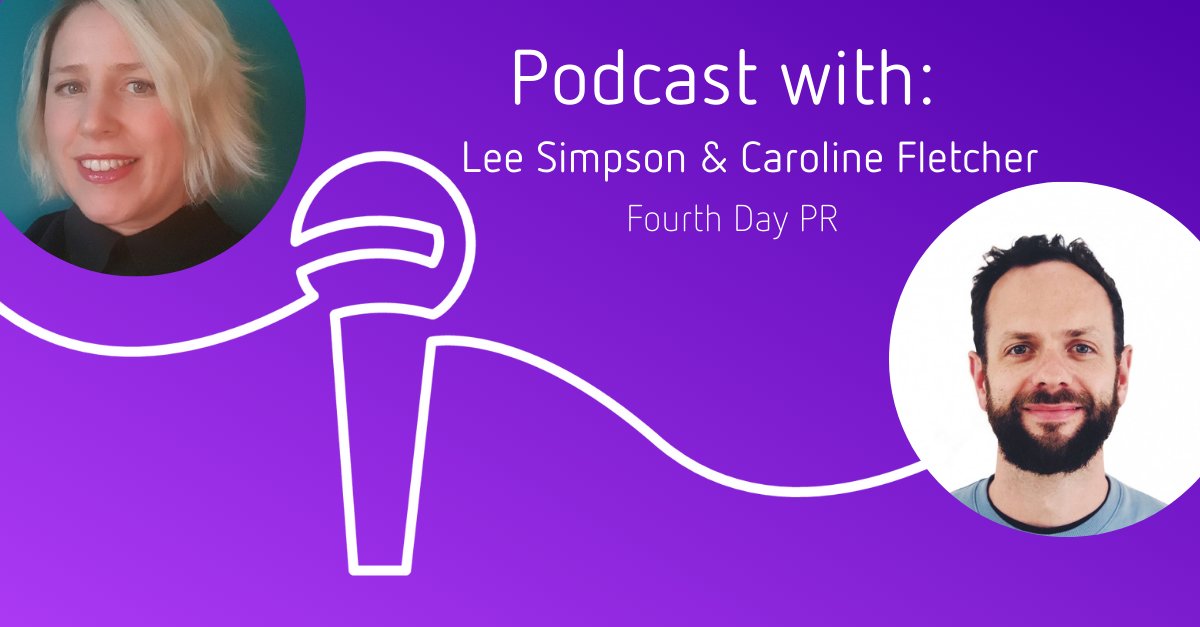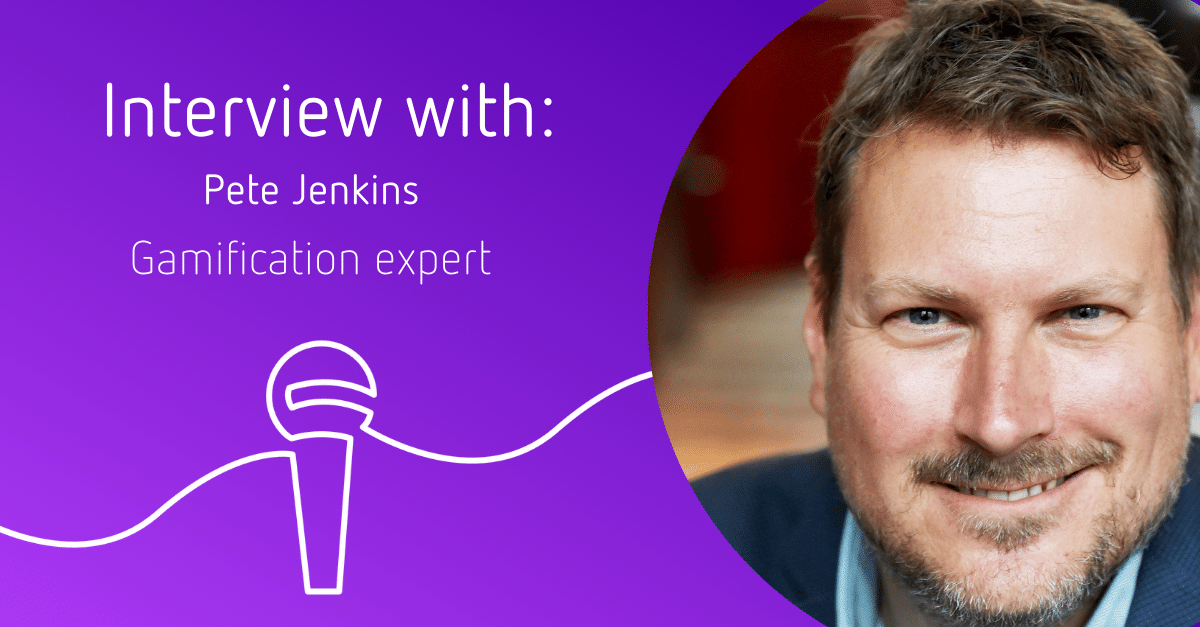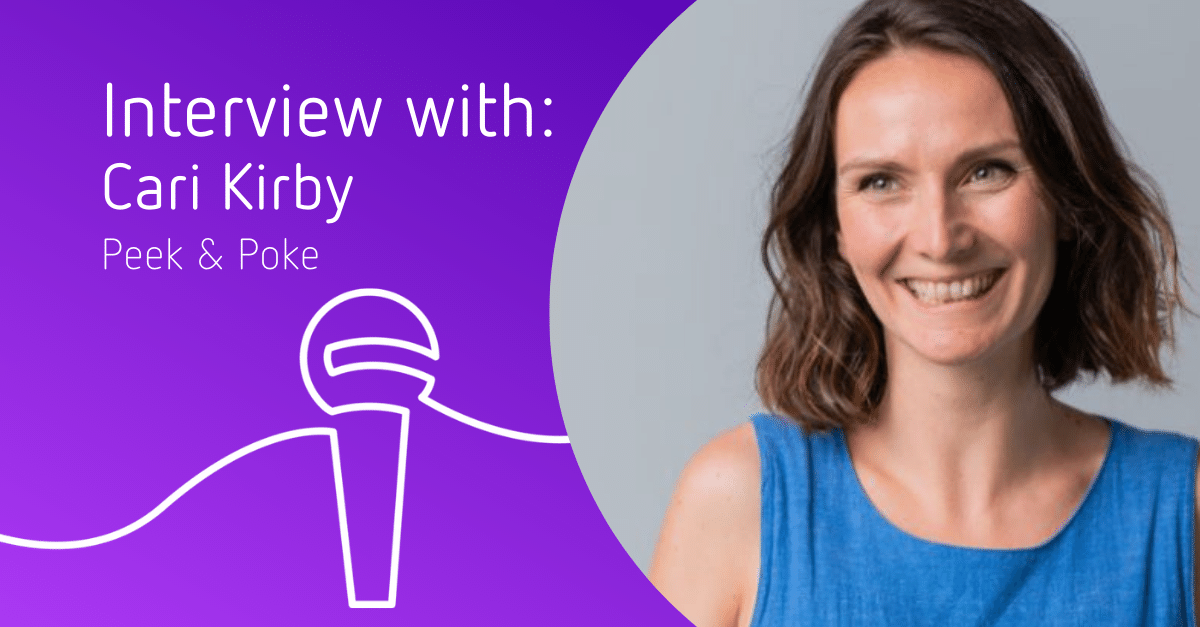Have you ever wondered how PR can level up your marketing campaigns? Perhaps you'd like to work with an agency, but you're not sure where to start.
In this episode, we chat with Lee Simpson and Caroline Fletcher from Fourth Day PR.
Fourth Day provide PR consultancy for tech companies, charities and nonprofits across the globe. From London all the way to Brisbane, Fourth Day's team are experts in using storytelling to cultivate healthy relationships with a brand's audience.
For Bright, Fourth Day is vital in helping us build brand authority in the competitive world of tech and digital asset management. In this episode, we discover how PR can help you build brand authority in the competitive world of tech and some of the challenges you might come up against in your own campaigns.
Podcast produced by Let’s Talk Video Production.
Tell us a little bit about your background and how you came to work with Fourth Day.
Lee: I'm an account director at Fourth Day. I've been with the agency now for about two years. Obviously, one of those years has been slightly strange - if we take COVID into account.
Prior to this job I was working in-house for a Martech business as a content strategist, so I know the Martech world quite well.
Caroline: I'm an account manager at Fourth Day. I actually joined in March 2020. It was quite a strange time to join a company, but it's been really good and everyone made me feel welcome.
Prior to that, I ran my own eCommerce retail site, including the marketing, branding and site content and strategy. And prior to that, I was an account manager for several years with an online dating provider, for brands such as Guardian Soulmates.
Taking COVID into account, how have you seen PR shift in the last year?
Lee: In our industry, where we work mainly with B2B tech businesses, we've actually been really lucky with how COVID has impacted, to be honest. As an industry in general, I feel like it's been relatively well protected.
However, the main challenge day-to-day is not being with colleagues and not being able to have the creative brainstorms that we like. I think replicating that virtually is quite difficult. We're back into a hybrid way of working between the office and remotely, and we’re finding that it's working well. In terms of our clients, we were already using Zoom for a lot of our meetings, so in that respect that it doesn’t feel unusual.
How does tech differ from some other industries that you work in?
Lee: Tech is such a broad catch-all now for lots of different types of businesses, so we work with a variety of clients within that industry. For a client like Bright, for example, working in the marketing technology space, you're up against around 6000 different Martech businesses. So competing for share of voice within that market is something that we're doing for Bright, and that has its own challenges.
For us, one of the biggest challenges is educating people around Digital Asset Management. It’s not a very well-known term so it’s important we are able to get in front of new audiences. When you first started working with us, what were the key elements of your strategy?
Lee: One of the fundamental things that we do for Bright is the education element. We are trying to target marketers and make them aware of what digital asset management is.
There's lots of technical language that we need to break through. The same goes for marketing, there’s often jargon that we need to translate and a big part of what we've been doing throughout the time that we've worked with Bright, which is just over a year now, is trying to educate people about what that means.
We also have to consider broader brand awareness and to make sure Bright is commenting on other things that aren't necessarily to do with your product or Digital Asset Management.
So we’ve also been focusing on your HR policies, brand values, and your approach to the hybrid home office.
Caroline: It’s important to cut through jargon such as ‘Martech’ and make sure everyone we speak to understands exactly what we're trying to say.
It's quite a fine line between brand education, and ensuring the message isn't too salesy. But that's where the beauty of good writing is. Once we have good content we can position those brand stories and thought leadership pieces in front of the right audience.
When we first approached you about over a year ago, we weren't entirely sure what to expect from a PR agency. We knew we wanted to get featured in the press and get our brand out there - but that was the extent of our knowledge. So for people listening who might be in a similar position, can you help us understand exactly what a PR agency does?
Lee: The world of PR has changed a lot, particularly in the past 15 years. So it's not a surprise, really, that a lot of people might not know exactly what a PR agency does, or what they want it to do
For me, PR works best when it's aligned with a marketing strategy. So that's always what we try and dig into as best as we possibly can when we first meet a client. We need to understand what it is that you want to achieve, whether that's ABM (account-based marketing), or lead generation — whatever it might be — we can then think about how we can position PR alongside your marketing. That then helps determine what we propose as an agency.
Some people think that it includes programmatic advertising, or paid opportunities and advertorial. There can be occasions where we will able to manage a paid campaign for you, but generally, what we're trying to do is establish your authority and credibility using thought leadership and we want to build brand awareness through content, events and media relations.
It’s really important that during the discovery call to ask your agency loads of questions. No question is a stupid question; it’s more important to establish an honest and open dialogue.
Have you had any occasions where you just think it's just not going to work with a client because the chemistry isn’t there?
Lee: Not in my experience, but I think that there are challenges if there’s a lack of communication. The ideal situation for us is to be seen as an extension of the marketing or communications team. It’s the idea of moving towards a strategic partnership, as opposed to your PR agency being seen as purely a supplier.
Here, at Fourth Day, we're a small, boutique agency and I think that's what our clients really love about us. They have that personal one-on-one contact with senior members of the team and I think people like that approach.
For anyone looking to hire a PR agency, are there any warning signs that they should be looking out for?
Caroline: It’s important both sides set expectations. I personally would be slightly concerned if someone was promising the world because it doesn't quite work like that in PR. That would be a red flag.
Lee: The way we work with Bright is in quarterly sprints. We come up with objectives that we try and reach and then at the end of the three-month period, we review those objectives and ensure that KPIs are continually being reviewed. We think clear lines of communication with your agency are essential, so setting up weekly or bi-weekly catch-ups are a great way to keep in touch. We also like to make sure that any reporting processes are working. If you can get the admin stuff organised, you can crack on with the fun stuff.
I know that you work with some charities and each year you nominate one charity to work with. Could you explain further?
Lee: The bread and butter for the agency are B2B tech clients. But it's also a really important part of our DNA to work with non-profits and charities. The model that we've adopted this year is slightly different in that we’re working with one nominated charity, rather than several. This year our chosen charity is The Running Charity. They’re based in Manchester and London, so it works really nicely for us location-wise, because we have offices in both of those locations. The Running Charity works with young people who are homeless and inspire them to use running as a way to change their lives.
We support them through a couple of different events in the year, as well as media relations. For us, it's really important to dedicate our time to be able to use our skills to support charity projects.
Recently, both Caroline and I have been working on a project called Sing2G7. We worked with a choir who are singing a song for the G7 in June, which takes place in Cornwall.
'Gee Seven' by Sir Tim Rice and Peter Hobbs for 'Sing2G7' with Truro Cathedral Choristers
Taking that as an example, how did you start building that strategy? Where did you start? What were your expectations? And where are you with it now?
Lee: For the Sing2G7 project, it was important to understand what the end goal was, and what they were trying to achieve. This is probably quite an anomaly of an example because the project features Sir Tim Rice, the lyricist who has written a song aimed at the G7 called ‘Gee Seven’. Ultimately, the end goal is to try to get them to actually sing at the G7 summit.
They were on Radio 4 on Sunday and they're going to be featured on the Today Programme during the G7 summit. Our aim was overall brand awareness and to raise their profile. We also wanted the song to spread as far as it could amongst other choirs throughout the country.
In contrast, for some of our B2B clients, the goal might be slightly different. It might not be about brand awareness at all. Instead, it might be about being super targeted to get 10 people to sign up for something.
Caroline: The other element to the Sing2G7 campaign is that it works well on a local basis. It’s being sung by Truro Cathedral Choir, so there's been quite a bit of regional pickup as well.
Furthermore, we’ve managed to spread the word via Twitter and other schools now involved, not just in the UK, but across the world, have been able to share their own messages. After signing up online, schools have been provided with education packs and they’ve been encouraged to download the song, so it’s worked both on a hyperlocal level, national, as well as global.
The end goal is to try and get them in front of the G7 leaders. So watch this space.
Do you do a lot of work on social media as well?
Lee: If that's part of the marketing strategy, we can support it. We can put together social posts as long as it aligns with what the client’s end goal is.
LinkedIn is quite a big platform for a lot of our clients, particularly in the B2B world and we do manage a couple of personal profiles.
Are you able to go off and build a Linkedin strategy for your clients or do you work quite closely together?
Lee: Again, I would say with all of these things, it works best when it's a real collaborative process. It would be rare that somebody would hand over their LinkedIn passwords and tell us to go away and manage it for them because most people like to have some element of control. The way that we work with any kind of content, and any client will be that it will be approved by the client before it is published anywhere.
So for anyone who can't hire a PR agency for whatever reason, do you have any tips for them to start their own campaigns?
Caroline: One of the things you need to really think about is positioning. So, what are you trying to say and who are you trying to speak to?
You need to discover where your audience is. Whether they read trade magazines specific to your industry, or if they are more focused on the national papers or elsewhere. As part of our client onboarding process — which we’d recommend to any business before they set up their PR campaign — we set up a messaging workshop. We create personas of your ideal buyer and put together very targeted media lists.
Lee: You should consider the social media elements too. One thing you can do on Twitter, for example, is to follow the #journorequest or #PRrequest. This is where journalists will look for comments for features that they're writing. These can be very last minute, so if you've got something that you think you're qualified to talk about, and you want to add to the conversation, you can always submit that through Twitter.
However, I would urge a little bit of caution because it can backfire. I think we've seen this a lot in the past few years. We're coming up to the five-year mark of the Brexit vote and during that time there have been such huge and politically divisive stories. So if you're a CEO of a business, and you would like to put your opinions all over your LinkedIn profile, but your prospects or customers have entirely differing opinions, that can be quite polarising. It's a tricky line to walk. I think that it's also important to make sure that those social media posts have been run through some sort of approval process to make sure that you’re not going to be offending people.
It's easy for companies to make mistakes if they don't use a great PR agency. Have you seen anything, in your experience that's just gone totally wrong?
Caroline: I appreciate it's not a company, but I think one of the best ones I've seen in recent times is the government-branded posters to retrain. So for example, encouraging ballet dancers to retrain in IT. The arts industry was so damaged, so what on earth they were thinking when they created that campaign is baffling.
Lee: I agree. I think there's been a couple of times throughout the pandemic that the messaging from them has been quite unclear. If you think right back to the beginning, when it was "go to work, don't go to work". And people didn't really understand what they needed to do.
For anyone wanting to avoid a PR disaster in the future, how can they find you and how can they get in touch?
We're on Twitter @fourthdayPR, or our website is, Fourth Day.co.uk and we’d love to hear from you!



